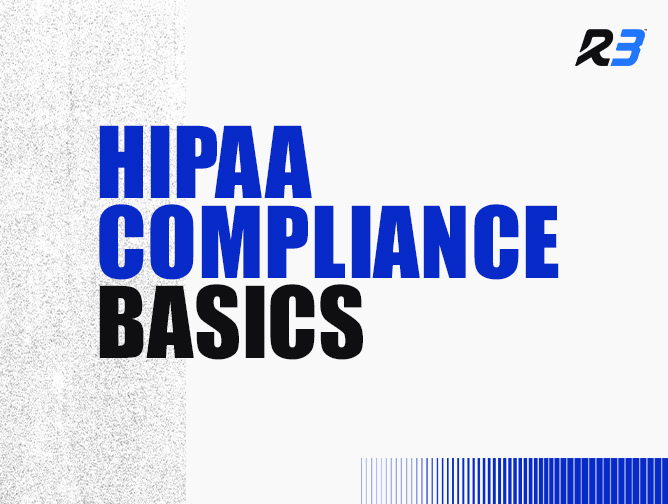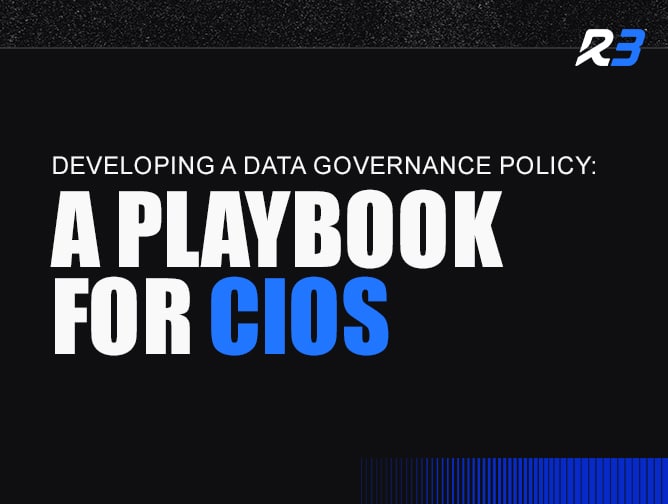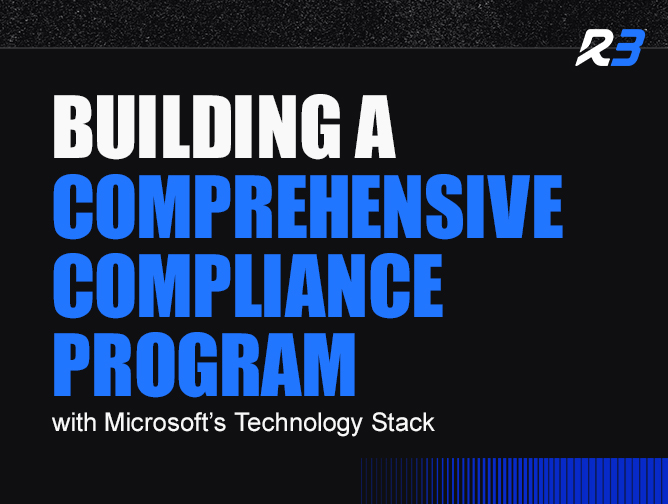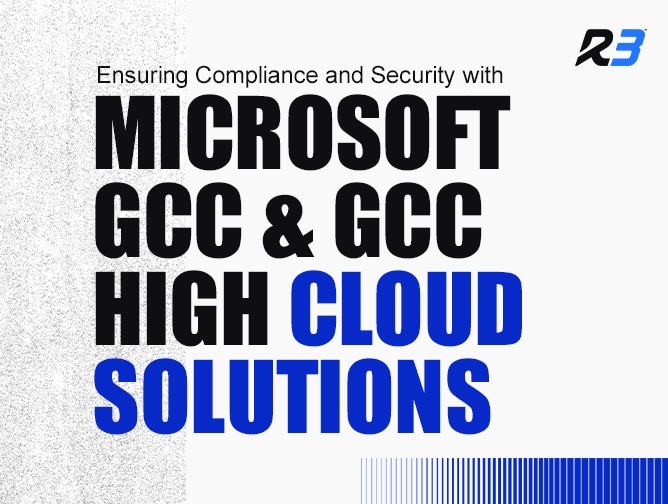HIPAA 101
What is HIPAA?
HIPAA is a comprehensive piece of legislation that has the primary goals of improving the portability and continuity of health insurance coverage and enhancing the security and privacy of individuals’ health information.
Why was HIPAA created?
Before HIPAA, individuals often faced challenges in maintaining health insurance coverage when changing jobs or experiencing certain life events, HIPAA improved the portability of health insurance by allowing individuals to maintain continuous coverage. Furthermore, concerns about the privacy of individuals’ health information were growing as electronic health records and information systems became more prevalent, HIPAA established national standards for the protection of individuals’ health information and gave individuals more control over their health information.
When was HIPAA created?
HIPAA was signed into law by President Bill Clinton in 1996.
Who does HIPAA apply to?
HIPAA applies to covered entities, which include healthcare providers, health plans, and healthcare clearinghouses, as well as their business associates who handle protected health information.
How can an MSP help with HIPAA compliance?
Managed Service Providers (MSPs) can play a crucial role in helping healthcare organizations achieve and maintain compliance with HIPAA by conducting regular risk assessments, providing recommendations and strategies to mitigate identified risks, implementing and managing security measures, monitoring and responding to security incidents, ensuring network security, implementing robust data backup and recovery solutions, and more.
Learn more about how an MSP can support your HIPAA compliance needs here.
HIPAA Administrative Safeguards
The HIPAA Administrative Safeguards focus on the administrative processes and policies that help covered entities and their business associates manage and safeguard ePHI and are designed to ensure its confidentiality, integrity, and availability.
They are broken down into several standards, including:
- Implement a security management process
- Designate a security official
- Implement workforce security measures
- Implement procedures for information access management
- Conduct security awareness and training
- Create and implement security incident procedures
- Establish a contingency plan
- Perform periodic evaluations
- Establish and maintain contracts with business associates
HIPAA Security Risk Assessment
The primary purpose of the HIPAA security risk assessment is to systematically identify and assess potential risks and vulnerabilities that could affect the security of ePHI in order to prevent data breaches. More specifically, it serves to:
- Ensure the confidentiality, integrity, and availability of all electronic PHI
- Protect against any reasonably anticipated threats or hazards
- Protect against any reasonably anticipated uses or disclosures of such information that are not permitted or required
- Ensure compliance with the Security Rule by the company workforce via training and the enforcement of a sanctions policy
HIPAA Training for Employees
HIPAA compliance necessitates employee training on data security and privacy. This contributes to an informed and aware workforce, reducing the risk of unintentional breaches.
Employees should receive ongoing security awareness training on security best practices and their role in maintaining a secure environment for ePHI. This may take the form of periodic security reminders, procedures to guard against, detect, and report malicious software, procedures for monitoring log-in attempts & reporting discrepancies, and simulated phishing exercises to assess & improve awareness.
HIPAA Email Complaince
HIPAA email compliance refers to adhering to the requirements and standards set by HIPAA when using email to handle PHI and ePHI. In particular, the HIPAA Security Rule introduces a number of requirements before email communications containing PHI can be considered HIPAA compliant. These include encryption, access controls, audit controls, authentication, secure messaging platforms, integrity controls, ID, and transmission security mechanisms, among others.
The purpose of these requirements is to monitor how PHI is communicated, ensure the integrity of PHI at rest, restrict access to PHI, ensure 100% message accountability, and protect PHI from unauthorized access during transit.
HIPAA Compliant Cloud Storage
HIPAA-compliant cloud storage refers to cloud storage services that meet the requirements and standards set forth by HIPAA for the secure storage and handling of PHI. Covered entities and their business associates must ensure that any cloud storage solutions they use comply with HIPAA regulations to protect the confidentiality, integrity, and availability of PHI.
Key features and considerations for cloud storage to be deemed HIPAA-compliant include:
- Data Encryption
- Access Controls
- Audit Trails and Monitoring
- Data Integrity
- Data Backup and Recovery
- Physical Security
- Policy and Procedure Documentation
- Business Associate Agreement (BAA)
- And more
HIPAA Compliance Software
HIPAA compliance software is designed to assist healthcare entities and their business associates in achieving & maintaining compliance with HIPAA by streamlining & supporting the various aspects of HIPAA compliance, making it easier for organizations to manage & monitor their adherence to regulatory requirements.
You should select a HIPAA compliance software solution that aligns with your organization’s workflows, facilitates adherence to HIPAA regulations, helps streamline the compliance management process, is regularly updated to accommodate changes in regulations & technology, and offers ongoing support, training, and resources to ensure the effective use of the software in maintaining HIPAA compliance.
HIPAA Compliance Web Hosting
Healthcare organizations, covered entities, and business associates that deal with ePHI must ensure that their web hosting environment complies with HIPAA regulations to safeguard patient information.
HIPAA compliance web hosting refers to website, application or data storage & hosting services that comply with the HIPAA Security Rule. This means it provides services like secure email services, server isolation, secure APIs and integrations, data portability and deletion, and server hardening, among others.
Examples of HIPAA Violations
A few examples of HIPAA violations include:
- Unauthorized Access or Disclosure
- Improper Disposal of PHI
- Lost or Stolen Devices
- Lack of Notice of Privacy Practices
- Insufficient Data Encryption
- Failure to Conduct a Risk Assessment
- Lack of Business Associate Agreement (BAA)
- Inadequate Access Controls
- Failure to Train Employees
- Ignoring Patient Privacy Requests
- And more
These violations can result in significant penalties, ranging from fines to criminal charges.









